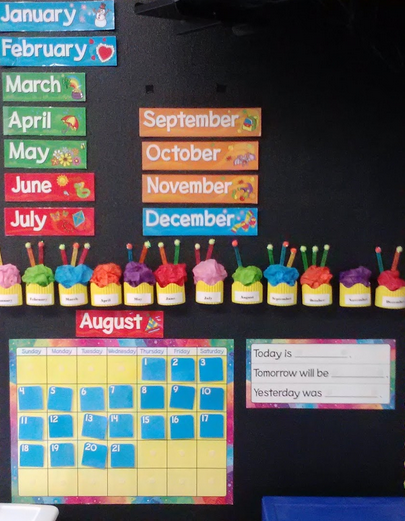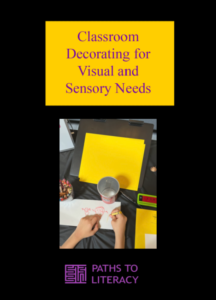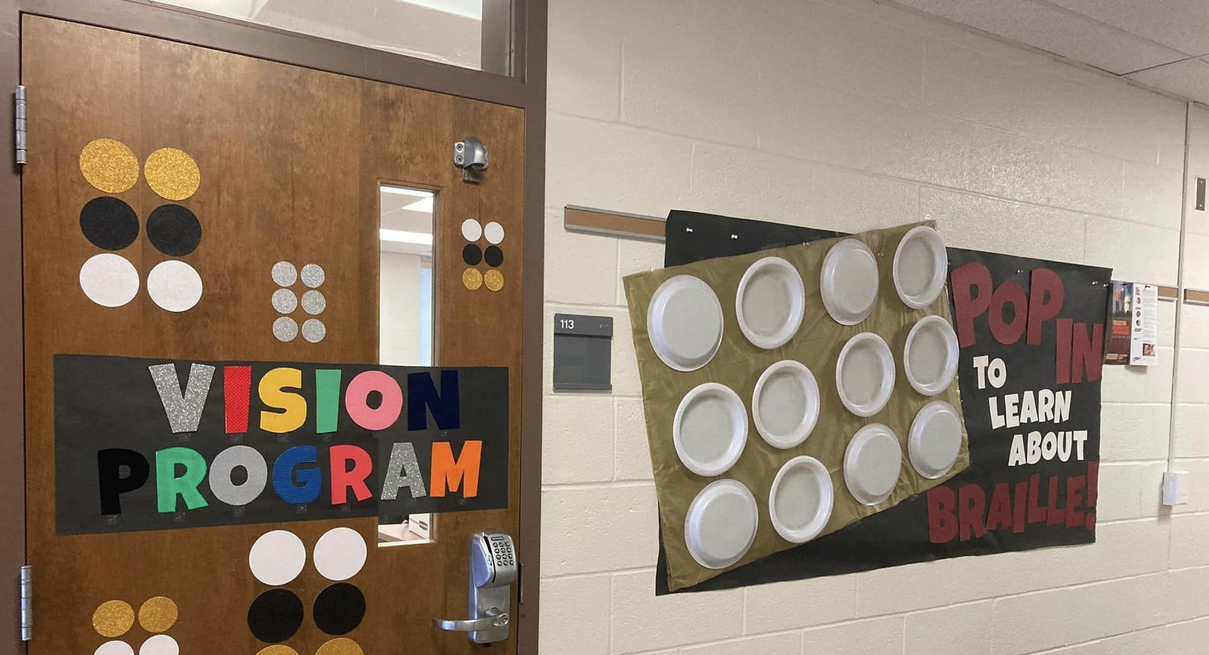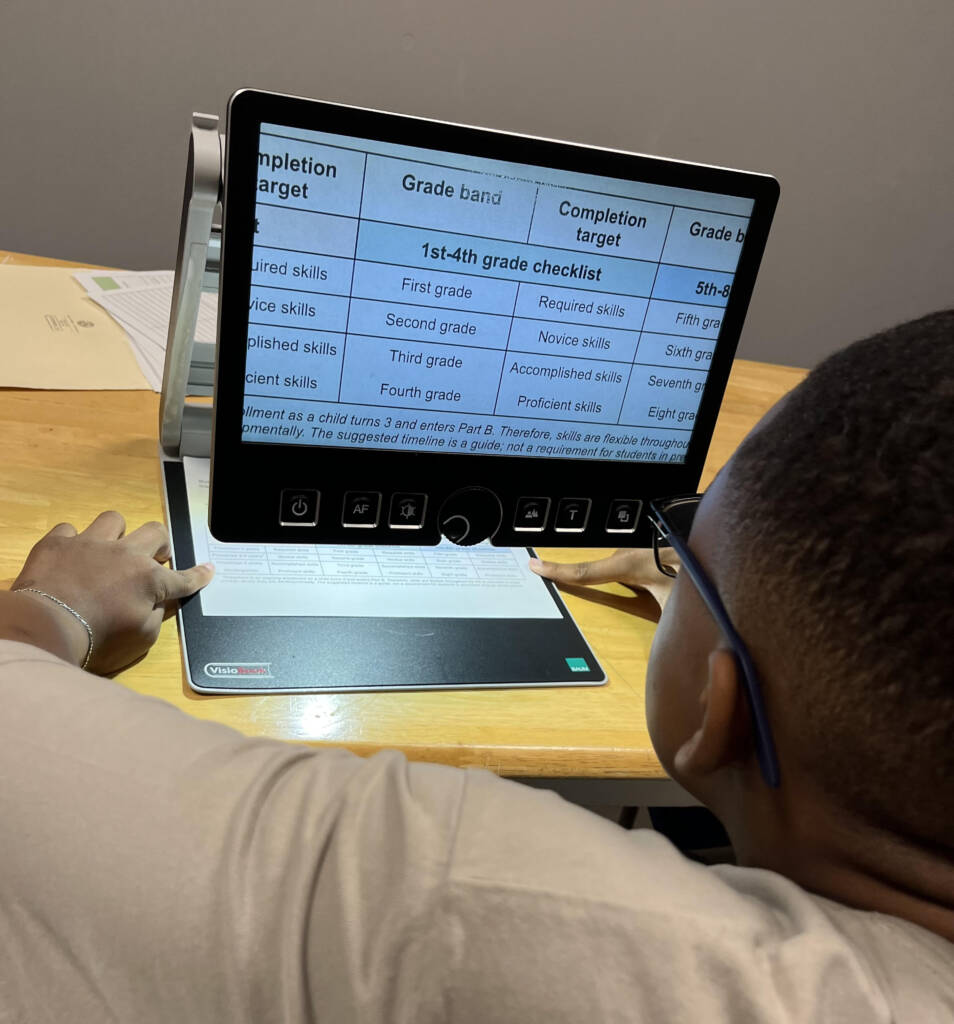Yes, it’s that important
A classroom environment can set the tone for learning. Students and staff spend a large amount of time here and need to feel calm, included, and motivated to learn. Teachers spend a lot of hours (and their own money) to make it that way, but all, especially “regular” education teachers, must account for the needs of all their students when decorating.
For the scope of this article, we will focus on the decorating aspect. For specific adaptations needed for individuals, refer to their IEP (Individualized Education Program). This should be implemented in conjunction with these decorating elements.
Where to start
If you are a teacher who has to organize a classroom, start with basics:
- What is needed in the class? Take stock of what is in the class, what furniture is there, and how the class will be used by the students.
- How can I set it up for interaction and engagement? Think about how the students will be learning in class. Will they be learning all together, in groups, individually, or all of the above.
- How can students move in the classroom? Students who have a visual impairment need special considerations for safe travel and a consultation with a TVI and an O&M instructor (orientation and mobility) should be set up.
- How is the lighting, textures, and color? Lighting is an aspect that can play a huge factor in the student’s ability to access learning. Reference “Classroom Adaptations for Students with Low Vision” for a better introduction and consult with the TVI about how important these elements are in the class. Use textures throughout the room for more interest. And no, you don’t have to use black for everything; a dark, solid color can be effective for backgrounds.
- Is this a place my students would feel calm, included, and ready to learn? Look at the classroom from their perspective and ask this question before finishing the room.
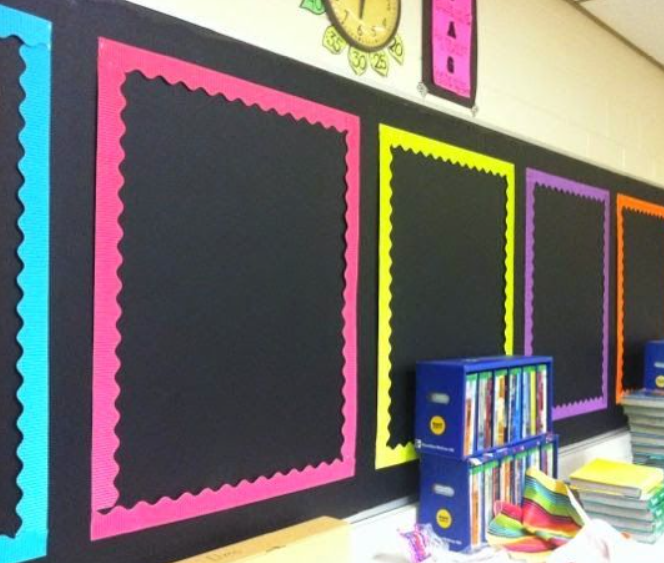
Itinerant and support staff
As an itinerant teacher of the visually impaired (TVI), visiting multiple classrooms is a large part of the job. That doesn’t mean that our role doesn’t include making considerations in the classroom space. Use positive language to provide support and suggestions for making changes to the classroom to be rewarding and beneficial to all. Many classroom teachers welcome the help and new ideas if brought to them in a supportive way.
Send teachers this article and provide them this print out
Ways to support classroom teachers:
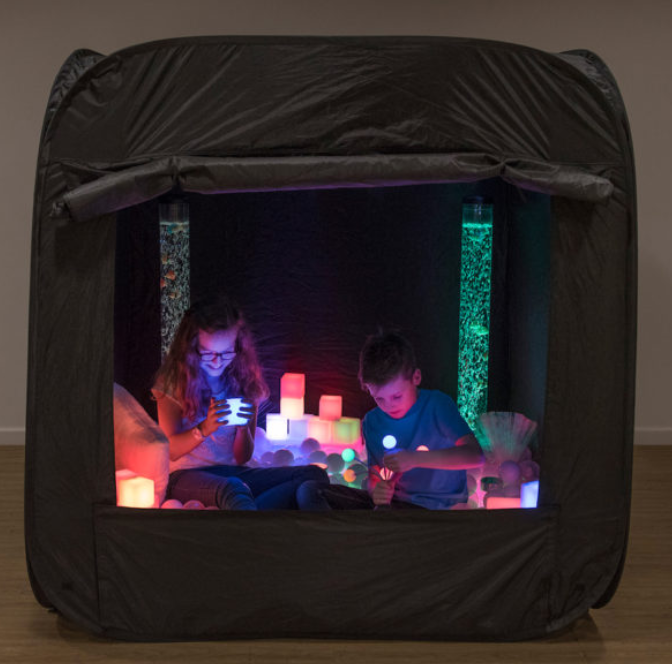
- Ask them if you can create a sensory space. Working with some great classroom teachers, I have taken the time to implement a space in their classroom based on their students’ needs. A sensory space could include a calm reading space, a lightbox area, a corner of the room covered in black felt, or a tent with switches and lights. Make your own sensory space for students with multiple disabilities
- Provide labels in braille and large print. As a TVI, provide the large print labels and braille, and possibly tactile symbols, for all areas of the classroom. Give the classroom teacher the appropriate fonts and sizes. It is part of the itinerant’s responsibilities. Yes, include braille even if students don’t use braille. Braille should be included in all classrooms for exposure to all students. Read the “Object Symbols & Tactile Symbols” article to learn more.
- Provide materials for the class. Teachers appreciate materials they do not have to purchase themselves. Provide the class with materials they will use throughout the year. This could include: APH (American Printing House) individual items that are received through federal quota funds, textured craft sheets, a solid color rug (use a solid color with a simple border edge), solid color bins, and go-to quick adaptations. Quick adaptations include highlighters, black markers, black contact paper/sheets/file folders, and solid color tablecloths from the Dollar Store to use as backgrounds and shelf covers.
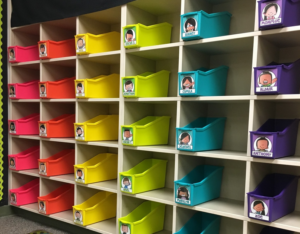
The above bin idea is from Learning in Wonderland. The colors are great for visual markers but I would change out the name tags for tactile markers, real pictures, and add braille to it.
Declutter, declutter, declutter
Most classrooms are inherited from another teacher and could include a host of old and unnecessary items. REMOVE them!
- Make a map of the layout you want to create and the spaces you are looking for, while ensuring they are easy to navigate.
- Put the large pieces in place first such as shelves, desks, and file cabinets.
- Keep the walls and ceilings free of posters and decorations.
- Highlight areas, doorways, and shelf sections with a solid bold color for an easier visual location.
- Do not use borders that have patterns and are complicated.
Sample Classroom Modifications for Students with CVI

Environmental modifications in the classroom can help students with cortical/cerebral visual impairment (CVI) to function more independently. Many of these modifications could benefit other students as well, by reducing visual clutter and complexity. Read the entire article by Tracy Wilks.
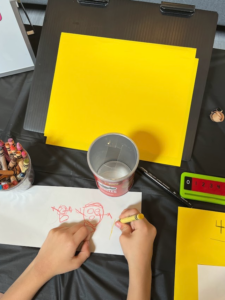
Bulletin board ideas
Tactile Bulletin Boards by Anna Ackley
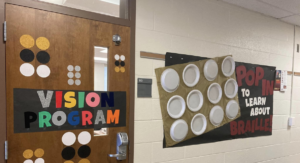
Bulletin boards and classroom signs that have braille, tactile items, and textured letters make these decorations accessible for students with visual impairments.
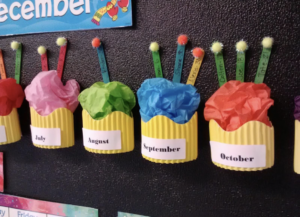
Birthday bulletin board idea from Teaching Little Miracles
